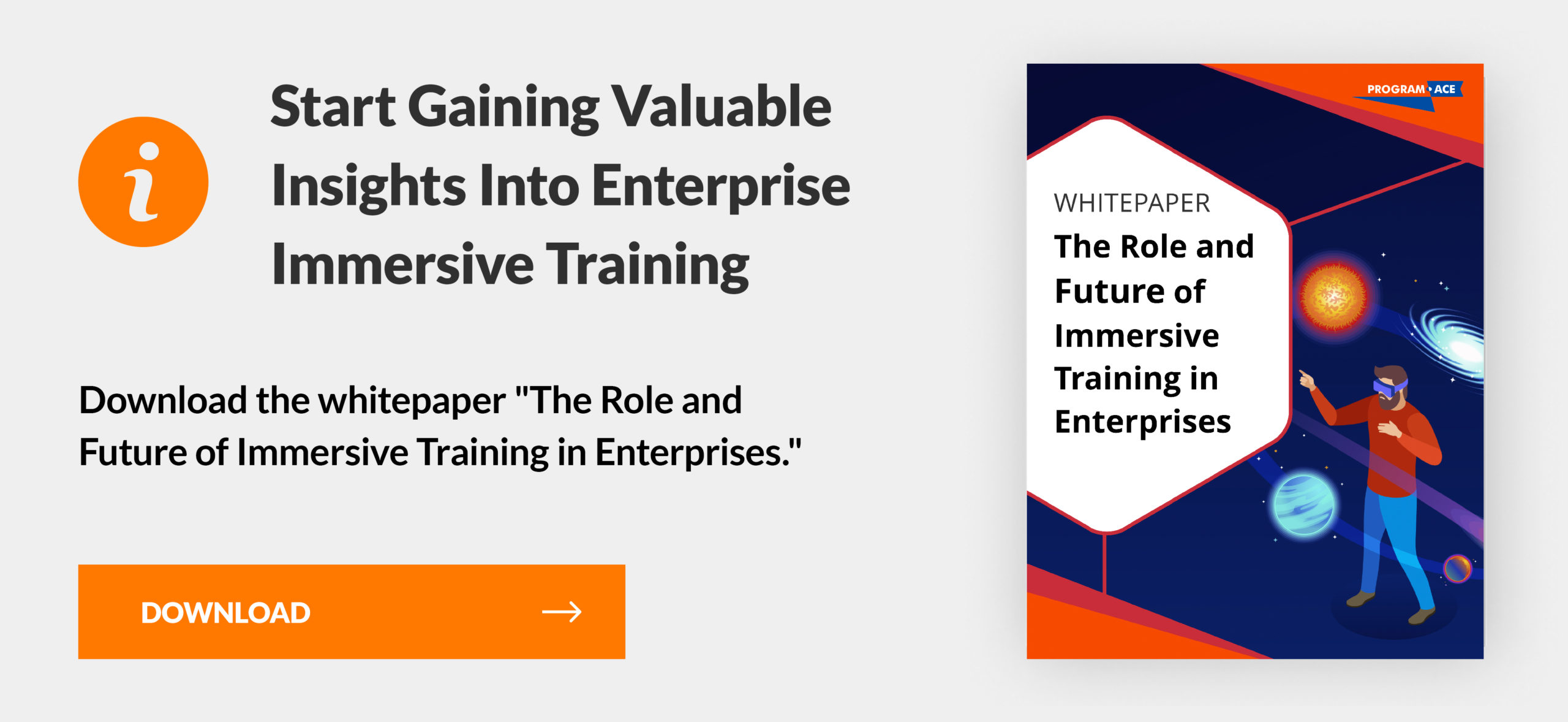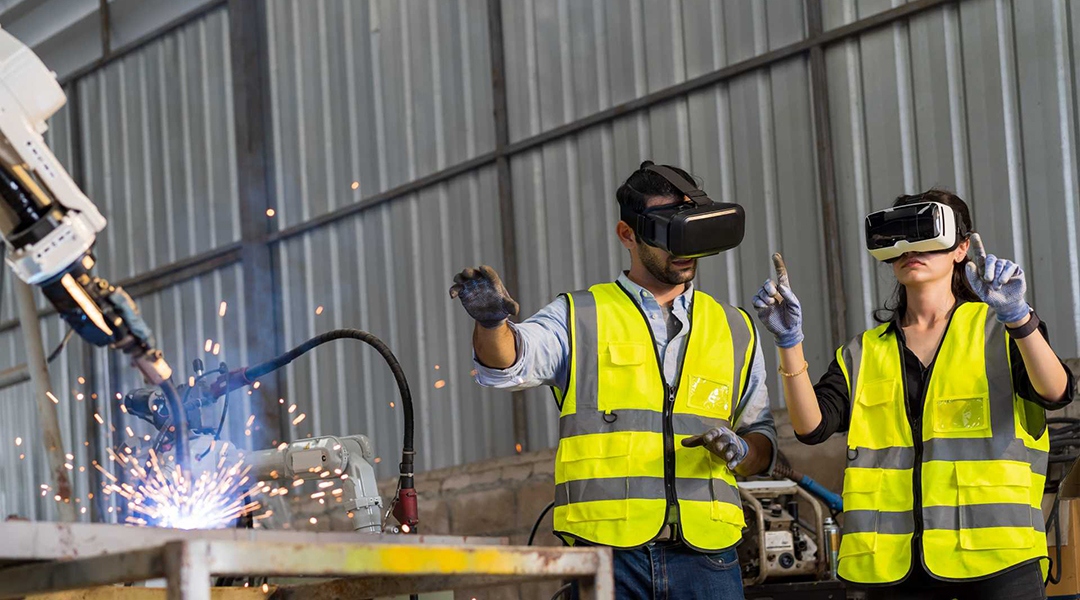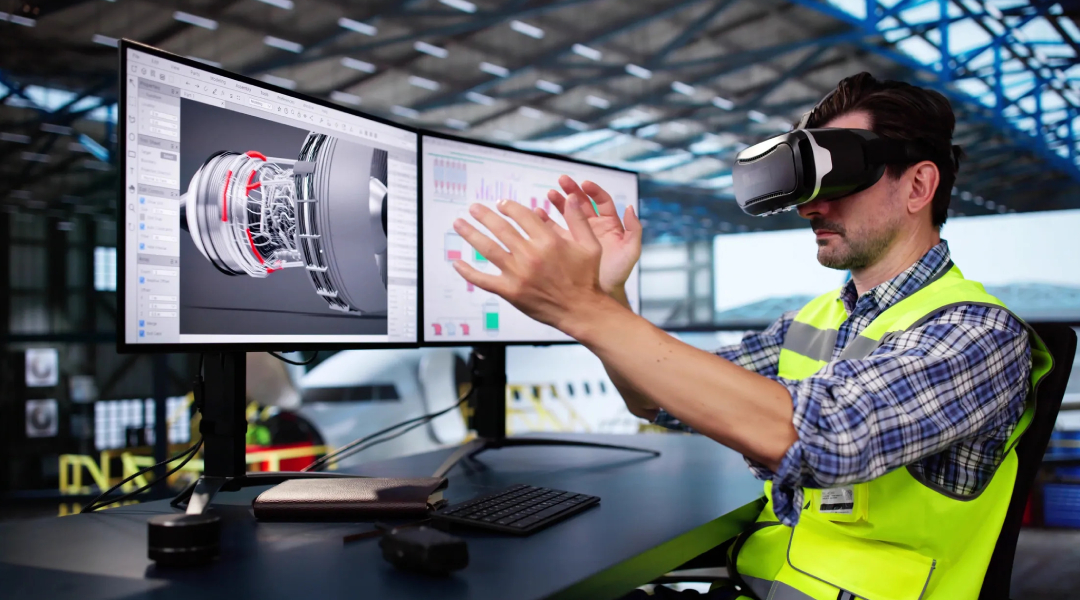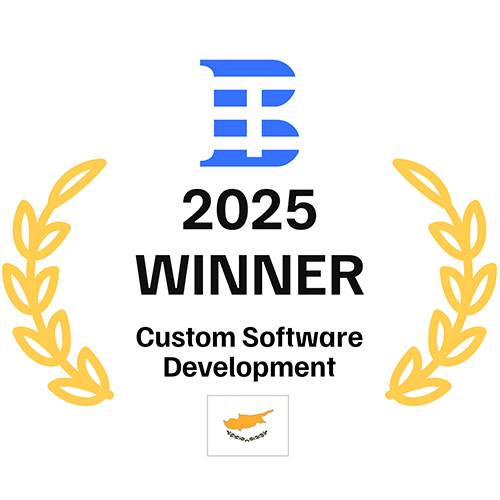Virtual reality training applications offer a transformative approach to corporate learning. Companies adopting VR for training can benefit from immersive experiences that enhance employee engagement and skill retention. A virtual reality training company can provide customized solutions tailored to various industries, ensuring relevant and effective training programs. From safety drills to technical skills development, VR training applications can simulate real-world scenarios, allowing employees to practice and learn in a controlled environment.
By integrating VR training into your business, you can reduce training costs, improve employee performance, and stay competitive in an evolving market. Partnering with a virtual reality training company ensures you receive expert guidance and cutting-edge technology, maximizing the impact of your training initiatives. Explore the benefits of VR training and discover how it can elevate your company's training programs to new heights, offering unparalleled training experiences and fostering a culture of continuous improvement.
The Benefits of VR Training Apps to Take Note of
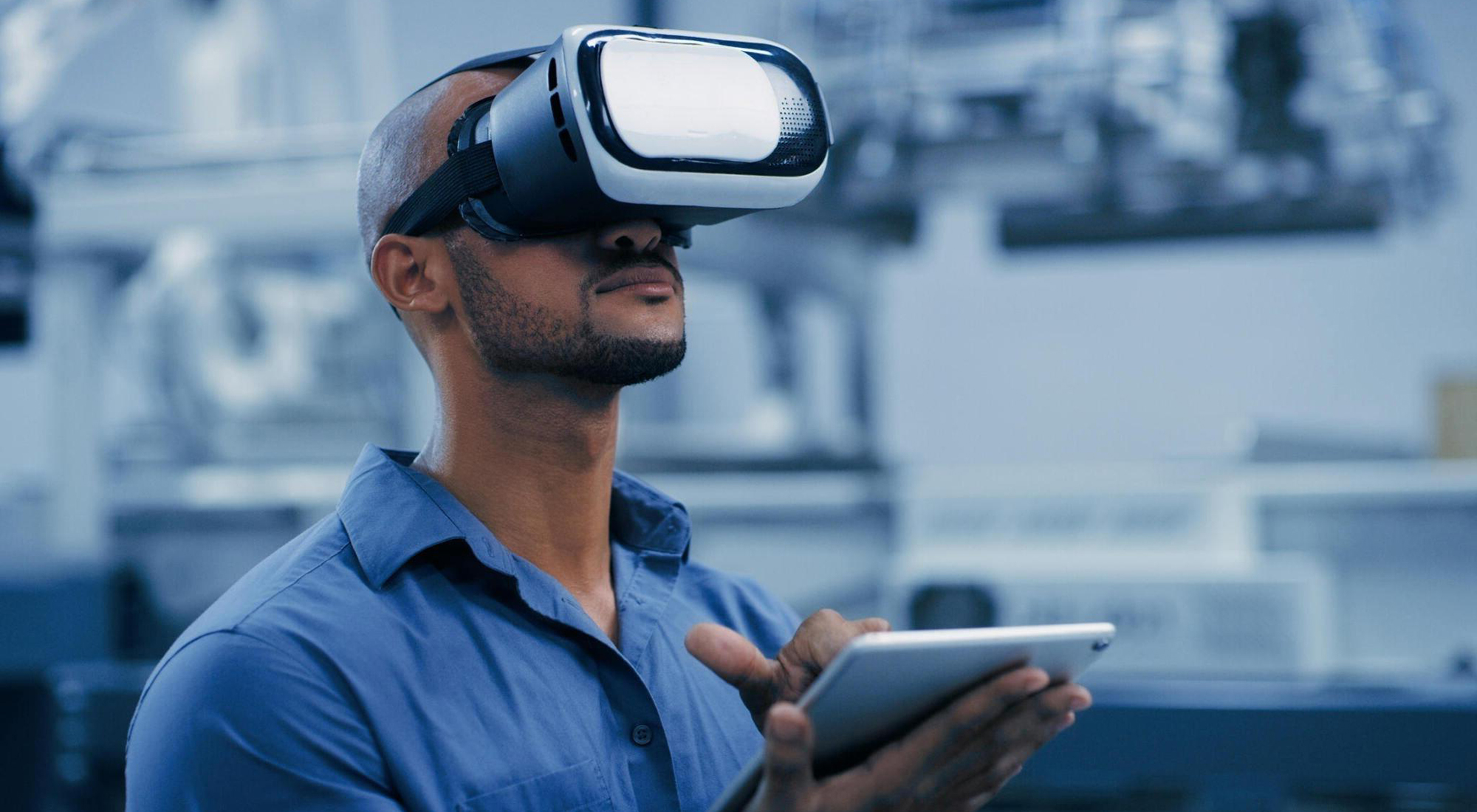
Virtual reality training apps offer significant advantages for businesses. They enhance employee engagement and retention through immersive experiences. Customizable and adaptable, these applications can be tailored to specific industry needs. Companies adopting VR training can reduce costs and improve overall training effectiveness, leading to a higher return on investment.
Furthermore, VR training provides employees with hands-on experience, allowing them to practice complex tasks in a risk-free environment. Thus you can ensure that employees are better prepared for real-world challenges, ultimately boosting their confidence and competence. As a result, businesses can maintain a competitive edge in their respective industries. VR training applications also facilitate ongoing skill development, ensuring employees remain proficient and adaptable in a rapidly changing market.
Enhanced Engagement and Retention
Virtual reality training design and development provide unparalleled employee engagement and retention benefits. VR training immerses users in realistic scenarios, enabling them to practice skills in a safe environment. Employees often find VR training more engaging than traditional methods, leading to improved retention of information and skills.
For instance, healthcare professionals can practice surgical procedures, while customer service representatives can handle various customer interactions. Implementing VR training helps bridge the gap between theory and practice, allowing employees to apply their knowledge in simulated real-world situations. Confidence increases, and employees are better prepared for actual challenges.
Companies investing in VR training design and development see marked improvements in employee performance and satisfaction, which translates to better overall productivity and reduced turnover rates. Additionally, VR training can be updated easily to keep up with industry changes, ensuring that employees always learn the latest techniques and standards. Regular updates guarantee that training remains relevant and effective, maintaining high levels of employee engagement.
Cost-Effectiveness and ROI
Traditional training methods involve substantial expenses, such as travel, materials, and instructor fees. VR training eliminates many of these costs by providing a scalable, repeatable solution that requires only initial setup and maintenance.
A virtual reality training company can design customized VR training modules that meet specific needs, ensuring efficient and effective training processes. For example, VR warehouse training allows employees to practice handling equipment, navigating storage areas, and performing safety protocols without disrupting actual operations.
Such an approach minimizes the risk of accidents and damage to goods, leading to cost savings. Additionally, VR training can be conducted anytime, reducing downtime and maximizing productivity. Companies that invest in VR training see a quick return on investment through improved efficiency, reduced errors, and enhanced employee skills. By choosing VR training, businesses can achieve better outcomes with fewer resources.
Moreover, the scalability of VR training means it can be easily expanded to accommodate a growing workforce, ensuring consistent training quality across all employees. VR training ultimately supports better operational efficiency and workplace safety, contributing to long-term business success.
Safety and Risk Mitigation
When it comes to improving workplace safety and decreasing hazards, virtual reality training tools are indispensable. Virtual reality helps workers practice addressing potentially risky circumstances without being in such situations. Workers can practice operating heavy machinery, handling dangerous products, or responding to emergencies in a safe virtual setting. There will be fewer accidents and injuries because workers will be better prepared to respond to situations thanks to this hands-on approach. A safer workplace may be the result of virtual reality training that identifies possible dangers and teaches workers how to avoid them.
Virtual reality safety training is highly beneficial for healthcare, manufacturing, and construction industries. Crane operation, site navigation, and safety protocol adherence are all skills that workers can hone in the construction industry. Healthcare providers can practice for real-life situations by simulating operations and ER treatments. Employees gain self-assurance and competence via virtual reality training, which offers a realistic yet safe environment.
Furthermore, virtual reality training may be tailored to tackle particular safety issues inside an organization, making it a flexible and efficient instrument for reducing risk. Virtual reality safety training is a great way for companies to increase compliance with regulations, create a safer work environment, and safeguard their employees.
VR Training Best Practices to Maximize Effectiveness
To maximize the effectiveness of virtual training solutions, follow best practices. Focus on designing engaging content, setting clear objectives, and using realistic scenarios. Regularly update training modules to reflect industry changes and continuously measure performance to ensure optimal results.
Gap Inc. Active-Shooter Response Virtual Training
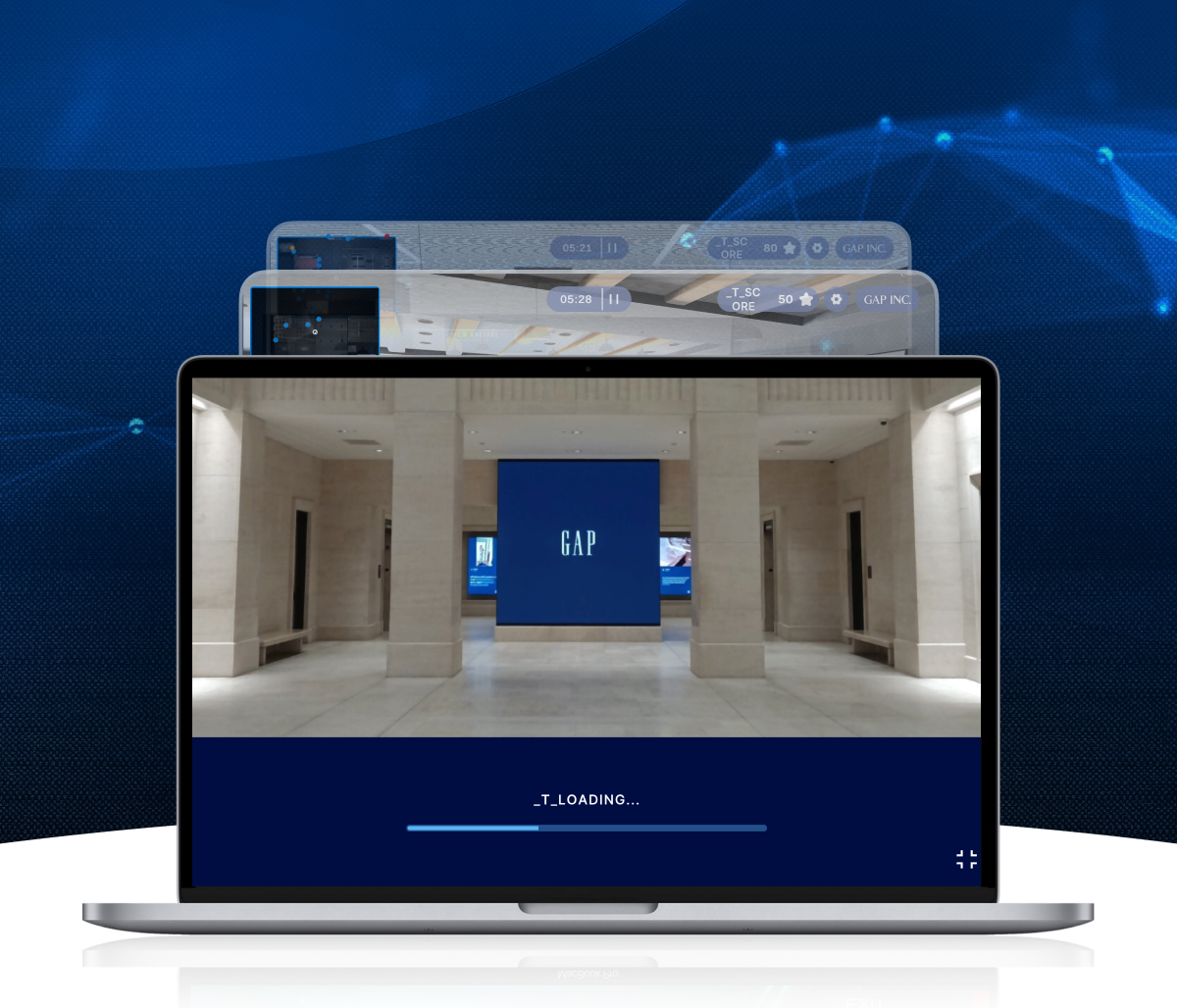
Discover how Gap Inc. partnered with Program-Ace to implement virtual training for active-shooter preparedness across stores, offices, and distribution centers. The solution applies immersive learning principles to improve response times and procedural retention.
Designing Effective VR Training Programs
Designing effective VR training programs involves several key steps. Begin by setting clear learning objectives tailored to your specific industry needs. Incorporate realistic scenarios that employees are likely to encounter, ensuring the training is relevant and practical. For instance, include simulations of emergency procedures, equipment handling, and customer interactions. Use engaging content to maintain employee interest, such as interactive elements and gamified components. It's also important to involve subject matter experts in the development process to ensure accuracy and reliability. Regular feedback from participants can help refine and improve the training program.
- Set clear objectives. Define specific goals for the training.
- Incorporate realistic scenarios. Use practical examples that employees might face.
- Use engaging content. Include interactive elements and gamification.
- Involve subject matter experts. Ensure the accuracy and relevance of the training material.
Real-world examples, like safety drills in construction or medical procedures in healthcare, demonstrate the value of VR training. By following these guidelines, businesses can create effective VR training programs that enhance employee skills and performance.
Measuring Success and Performance
Virtual reality training programs must be evaluated to ensure they are improving. Set specific metrics and key performance indicators (KPIs) related to your training goals. Test trainees' ability to retain information and their progress toward training goals both before and after the program. Find out where you can make improvements by keeping tabs on staff engagement, completion rates, and feedback.
The training program's strengths and areas for improvement can be better understood by analyzing performance statistics. An indication of the training's efficacy could be a marked improvement in employees' ability to handle emergency procedures. To keep the metrics current, examine and change them regularly. Gain significant insights into employee progress with VR platforms' real-time tracking and analytics.
- Establish specific metrics and key performance indicators. Make sure your training objectives are in line with your individual goals.
- Evaluate trainees both before and after training. Analyze how well new abilities stick with the learner.
- Monitor the percentage of people who interact and those who finish a task. Keep an eye on how far along the training is and how engaged the staff are.
- Gather input from staff members. Find ways to get better by using comments and suggestions.
This data-driven strategy guarantees the continued efficacy and alignment of virtual reality training programs with organizational objectives.
Continuous Improvement and Updates
Continuous improvement and regular updates are crucial for maintaining effective VR training programs. Start by soliciting feedback from employees to identify areas needing enhancement. Incorporate new industry standards and technological advancements into the training modules. Updating content regularly ensures that training remains current and relevant. For example, new safety protocols or equipment handling techniques can be integrated as they emerge. Use performance data to guide improvements, focusing on areas where employees struggle the most. Regular updates also keep the training engaging and prevent it from becoming outdated.
- Solicit employee feedback. Identify areas for enhancement.
- Incorporate new industry standards. Ensure training remains current.
- Update content regularly. Keep training relevant and engaging.
- Use performance data. Focus on areas needing improvement.
Real-world applications, such as updated virtual reality simulations for warehouse operations, demonstrate the importance of keeping training materials fresh. By committing to continuous improvement, businesses can ensure their VR training programs consistently meet high standards and adapt to evolving industry needs.
Virtual Reality Training Apps: Success Stories from the Field
Virtual reality training apps have proven effective across various fields, showcasing significant improvements in skill acquisition and operational efficiency. Here are some notable success stories in healthcare, manufacturing, and corporate training.
Healthcare and Medical Training
Healthcare institutions have successfully integrated VR training to enhance medical education and patient care. At Johns Hopkins School of Nursing, VR training covers resuscitation, anaphylactic reactions, post-surgical management, and pediatric critical care. The program's adaptability allows up to 100 learners to engage in multiplayer VR scenarios, fostering collaborative learning.
Massachusetts General Hospital uses VR for orthopedic surgery training. The PrecisionOS system enables students to practice motor skills required for surgery, providing realistic environments where they can refine their techniques. Immersive experiences have proven more effective than traditional methods, significantly improving surgical performance.
Australian hospitals have adopted VR for fast-tracking clinician training. Vantari VR's platform allows medical students to practice life-saving procedures in virtual environments, reducing the need for expensive equipment and dedicated training spaces. This method cuts costs and enhances the accessibility and efficiency of medical education.
Manufacturing and Industrial Training
In the manufacturing sector, VR training has revolutionized employee preparation and safety protocols. Ford Motor Company implemented VR training to enhance assembly line operations. Workers use VR to practice new tasks and processes in a risk-free environment, reducing errors and improving efficiency on the production floor.
Siemens uses VR to train employees on equipment maintenance and safety procedures. VR simulations allow workers to familiarize themselves with complex machinery and emergency protocols without physical risks, which has entailed a noticeable reduction in workplace accidents and increased operational efficiency.
In the oil and gas industry, Shell utilizes VR training for hazardous environment simulations. Employees can practice emergency evacuations and equipment handling in virtual scenarios, ensuring they are well-prepared for real-life challenges. The realistic VR training has enhanced safety and compliance, contributing to a safer work environment.
VR Corporate Training
Corporate training programs have also benefited from VR technology, particularly in enhancing soft skills and compliance training. PwC implemented VR for leadership development, allowing trainees to practice public speaking, conflict resolution, and negotiation skills in immersive settings. Hands-on approaches have improved confidence and performance among employees.
Walmart uses VR to train employees for high-stress situations, such as Black Friday sales. VR scenarios help workers develop problem-solving skills and customer service strategies, leading to better preparedness and improved customer interactions during peak times.
Accenture leverages VR for onboarding new employees, offering virtual tours of company facilities and interactive sessions on company policies and culture. Methods like these have streamlined the onboarding process, making it more engaging and effective.
By integrating VR into corporate training, companies can provide immersive, impactful learning experiences that improve employee skills and performance. VR training solutions are adaptable and scalable, ensuring they meet the diverse needs of various industries.
Understanding VR Training Software as The Backbone of Virtual Learning
VR training software forms the foundation of effective virtual learning. It offers immersive experiences, realistic simulations, and interactive content significantly enhancing training outcomes. Businesses can deliver impactful training programs by leveraging the potential of virtual reality training solutions.
Core Components of VR Training Apps: Building Blocks of Success
Effective VR training apps consist of several core components that ensure successful implementation and user engagement. Understanding these components helps in creating comprehensive and impactful training solutions.
- Content creation tools. These allow developers to design and develop immersive VR training scenarios tailored to specific industry needs.
- User interface. A user-friendly interface is crucial for easy navigation and effective learning.
- Analytics and reporting. Built-in analytics tools track user progress, measure performance, and provide insights for continuous improvement.
- Interactivity. Interactive quizzes, challenges, and real-time feedback enhance user engagement and retention.
- Compatibility. Ensuring compatibility with various VR devices and platforms allows for broader accessibility and flexibility.
- Scalability. Scalable solutions can accommodate growing user bases and expanding training programs.
- Customizability. Customizable features enable tailoring training content to meet specific business and industry requirements.
Using these features together, virtual reality training apps may create a powerful and efficient learning environment that caters to a wide range of training requirements. These essential elements are helpful in real-world contexts, such as construction safety drills or hospital processes.
The Future of VR Training Applications for Business
With the anticipated integration of AI and development into new industries, the future of virtual reality training applications for businesses is bright. These advancements will make VR solutions more useful in a variety of contexts and increase the efficacy of training.
Integration with AI and Machine Learning
AI and ML have altered virtual reality training by making it more flexible and tailored to each individual. NPCs, or AI-driven characters, provide more lifelike user interactions, elevating the immersion level. AI algorithms allow these characters to learn from their users by responding dynamically to their input.
Machine learning algorithms examine user data and interactions to personalize the virtual reality experience. By tailoring the material to each student's unique requirements, personalization has the potential to boost engagement and retention. For students who have trouble with specific skills, AI can provide a variety of practice scenarios to help them learn them all.
Additionally, generative AI helps with content production by facilitating the rapid generation of assets and settings for developers. This feature makes it easier and cheaper for businesses to create virtual reality training courses, which opens up the technology to additional industries.
AI-powered analytics provide insights into training effectiveness by tracking real-time performance metrics. This data helps organizations refine their training programs continuously, ensuring they remain relevant and impactful.
Expansion into New Industries
VR training is expanding into new industries, demonstrating its versatility and effectiveness. In healthcare, VR is used for surgical training, allowing medical professionals to practice procedures in a risk-free virtual environment. This application has shown significant improvements in surgical performance and patient outcomes.
The manufacturing sector benefits from VR training through enhanced safety protocols and equipment handling simulations. Companies like Ford and Siemens have implemented VR to train employees on complex machinery and emergency procedures, reducing workplace accidents and increasing operational efficiency. Corporate training programs also leverage VR for soft skills development and compliance training. Organizations like PwC and Walmart use VR to train employees in customer service, leadership, and crisis management, improving performance and better preparedness for real-world scenarios.
The Program-Ace team is proud to partner with leading providers of VR training solutions, offering customizable platforms that cater to diverse industry needs. Our advanced analytics and seamless integration capabilities make us the preferred choice for businesses looking to implement effective VR training programs.
By integrating AI and expanding into various industries, VR training applications continue to evolve, providing businesses with powerful tools to enhance employee skills and performance. These advancements highlight virtual reality training solutions' potential to upturn how organizations approach learning and development.
Long-Term Implications for Education and Workforce Development
The integration of VR training applications in education and workforce development holds significant long-term implications. In education, VR can transform traditional learning environments by providing immersive, hands-on experiences that enhance understanding and retention. Through the use of interactive simulations, students can bring theoretical courses to life, go on virtual field trips, and investigate intricate ideas in three dimensions. In addition to making education more accessible, this method makes learning more exciting and engaging for all students.
Virtual reality training is valuable in workforce development because it provides a risk-free space for workers to learn and practice new skills. Virtual reality's capacity to mimic real-world situations is useful in many fields, including healthcare, manufacturing, and retail, where workers may practice processes, control equipment, and deal with customer interactions without exposing themselves to real-world hazards. Employees gain self-assurance and competence via this experiential learning approach, which in turn improves their performance and safety at work.
Virtual reality training also helps fill skill gaps and promote lifelong learning. Businesses can keep their staff competent and flexible in the face of constant industry change by giving them access to modern training modules and simulations. Such an approach to continuous learning results in a more capable and adaptable workforce, encouraging professional advancement.
Reach out our expert team to get high-end VR training apps.
Designing VR Training Applications with Program-Ace
Designing practical VR training applications requires expertise and innovation, which is where Program-Ace excels. As a professional software development service provider, Program-Ace offers comprehensive VR training solutions tailored to your needs. Our team of experts collaborates with clients to create immersive and interactive training modules that enhance learning outcomes and operational efficiency.
We focus on developing user-friendly interfaces, realistic simulations, and detailed analytics to track performance and progress. Our VR training platforms cater to various industries, ensuring that each solution meets the business's unique requirements. By leveraging advanced technologies and best practices, Program-Ace delivers high-quality VR training applications that drive results.
If you are looking for a reliable software development service provider to create cutting-edge VR training applications, contact us at Program-Ace. Our team is ready to help you design and implement effective training solutions to transform your workforce and boost your business performance.

